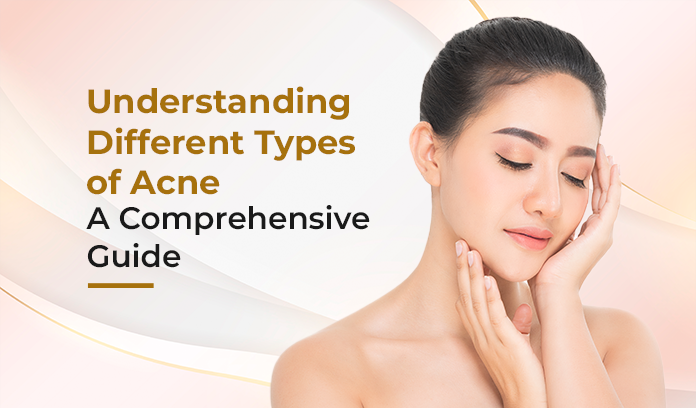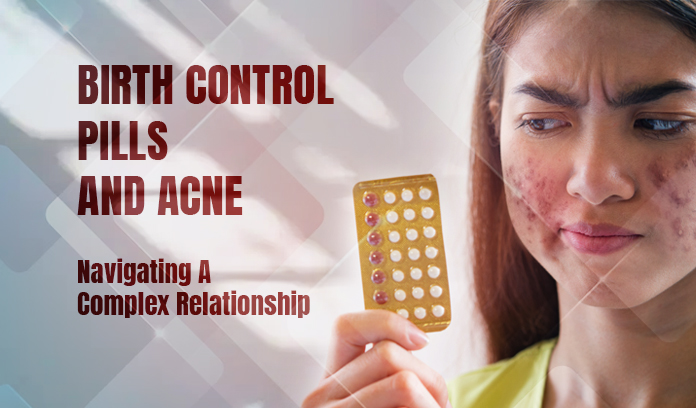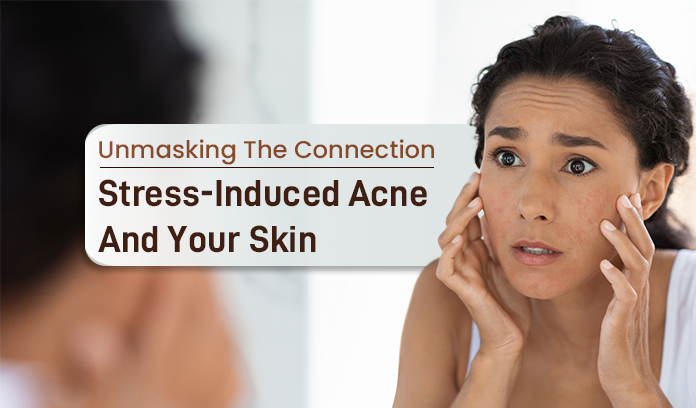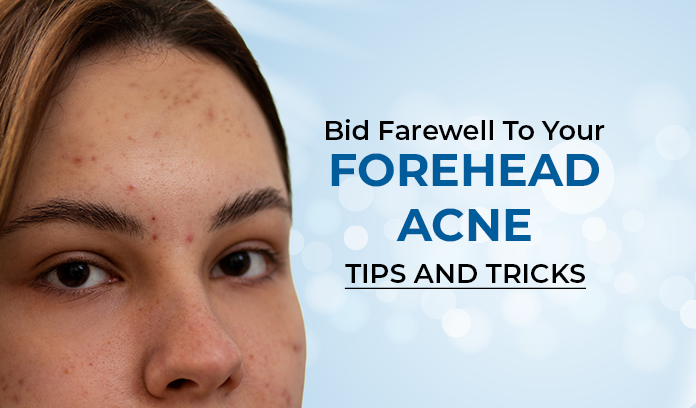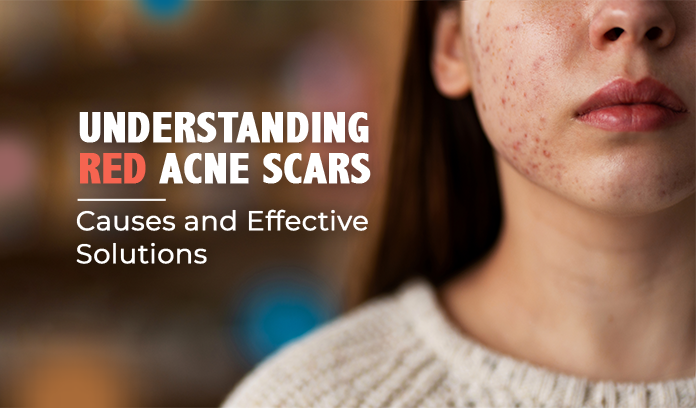While acne is a common skin condition affecting millions of people and causing feelings of frustration or inadequacy, not all acne is the same.
Understanding the types of acne can help individuals make proactive and informed decisions about their acne treatments.
Be it treatment medications or skincare routines, this blog will explore the types of acne, their causes, and successful management techniques.
Comedonal Acne
Non-inflammatory and clogged pores are commonly known as comedones.
They can manifest or normally appear on the nose, chin, and forehead as whiteheads and blackheads.
Whiteheads are flesh-colored bumps formed when clogged pores have dead skin cells and oil trapped.
On the other hand, blackheads result from open pores clogged with sebum and dead skin cells, forming dark-colored bumps.
To target the dirt, sebum, or bacteria trapped underneath the skin’s layers, topical retinoids and salicylic acid-based products are often effective in treating comedonal acne.
Inflammatory acne
As an often challenging and persistent type of acne, Inflammatory acne involves swollen, red, and painful lesions.
Inflammatory acne includes pustules, papules, and nodules. This type of acne is most commonly associated with feelings of tenderness, swelling, and inflammation.
When bacteria multiply within clogged pores, inflammation occurs causing sore bumps on the skin. These pus-filled pimples contain excess oil and dead skin cells.
Pustule acne treatment often involves a blend of oral and topical medications, such as antibiotics and retinoids that address the root cause behind inflamed bumps.
Cystic Acne
Characterized by large, painful cysts on the skin’s surface, Cystic acne is often regarded as the most severe acne type.
It develops deep beneath the skin’s surface and can be stubborn enough to leave behind scars. With cystic acne, along with oil and dirt, bacteria too gets trapped in the pores causing swelling or painful inflammation.
Over-the-counter drugs often used to treat mild acne don’t work for this acne type.
Your dermatologist or doctor’s intervention is crucial for managing this type of acne, including prescribing oral antibiotics, birth control pills, or professional treatments like Retinoids and Isotretinoin that attack all causes of acne.
Hormonal acne
Hormonal acne can result from hormonal fluctuations experienced during puberty, pregnancy, or menstruation. It is often characterized by deep and tender nodules around the jawline or chin.
These breakouts could range from whiteheads and blackheads to painful cysts.
Hormonal imbalances or preexisting medical conditions like PCOS(Polycystic Ovarian Syndrome) also lead to more severe cases of hormonal acne.
Genetic makeup or a family history of acne, medication side effects, and certain changes in women’s menstrual cycle are major causes of hormonal acne.
Treatment options and strategies for hormonal acne often include topical creams, antibiotics (Isotretinoin), or professional treatments like Steroid injections for severe cases. Hormonal therapies such as oral contraceptives or anti-androgen medications are effective in managing skin conditions like Hormonal acne.
Conclusion
Understanding the different types of acne is pivotal to managing this frustrating skin condition.
While some types of acne can be managed via lifestyle changes and over-the-counter drugs, severe cases often require a professional’s attention and intervention.
It is vital to remember that with patience and consistent care, you can be a lot closer to healthier, clearer skin.







